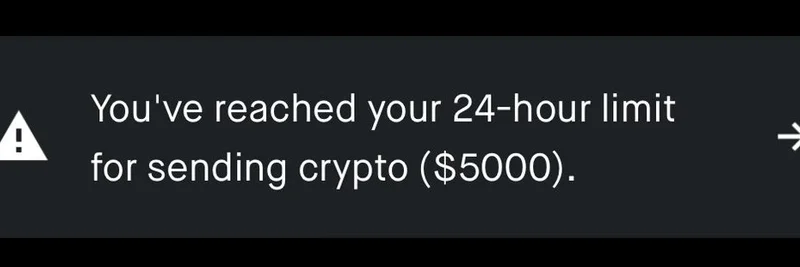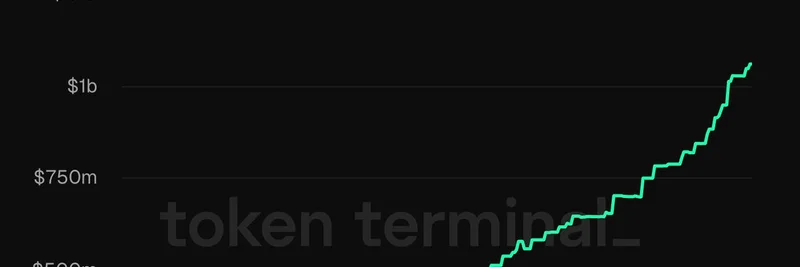In the fast-paced world of cryptocurrency, staying ahead of platform changes is key, especially for those diving into meme tokens. A recent tweet from crypto commentator MartyParty has sparked discussions about Robinhood's latest restrictions on crypto withdrawals, highlighting the importance of self-custody in today's blockchain landscape.
MartyParty, known for his insights on crypto and macro analysis, posted a screenshot showing a notification from Robinhood: "You've reached your 24-hour limit for sending crypto ($5000)." He captioned it with a stark warning: "Robinhood introduces further capital controls - this is what Financial Repression looks like you have been warned. Move your crypto to self custody."
This limit means users can only withdraw up to $5,000 worth of crypto per day from the platform. For casual traders, this might not seem like a big deal, but for active participants in the meme token space—where volatility can lead to quick gains or the need for rapid moves—this restriction could be a major hurdle.
What is Financial Repression?
Financial repression refers to policies or measures that governments or institutions use to channel funds toward themselves, often at the expense of savers and investors. In the crypto context, it could mean platforms like Robinhood imposing limits to retain assets longer, possibly for liquidity reasons or regulatory compliance. MartyParty's tweet suggests this is a form of control that erodes user freedom, a core principle of blockchain technology.
For meme token enthusiasts, who often trade on hype and community-driven momentum, such limits can prevent timely exits or transfers to decentralized wallets. Imagine snagging a hot new meme coin like a dog-themed token that's pumping, only to find you can't move your profits out quickly.
The Case for Self-Custody
Self-custody means holding your crypto in a personal wallet where you control the private keys, rather than relying on centralized exchanges like Robinhood. Tools like hardware wallets (e.g., Ledger or Trezor) or software options (e.g., MetaMask) give you full ownership and eliminate third-party risks.
Why is this vital for meme tokens? These assets thrive on decentralization. Holding them on a platform with withdrawal caps exposes you to potential freezes, hacks, or policy changes. Remember the GameStop saga where Robinhood halted trading? History might be repeating itself in crypto.
Replies to MartyParty's tweet echo this sentiment. One user urged, "Move it off before you can’t," while another called it "just dumb--and disconnected." The community consensus? Don't wait—secure your assets now.
How This Affects Meme Token Strategies
Meme tokens, built on blockchains like Solana or Ethereum, often require fast transactions. With Robinhood's limit, if you're trading meme coins through their app, you might miss out on arbitraging opportunities or escaping a rug pull. Instead, consider using decentralized exchanges (DEXs) like Uniswap or Raydium, where self-custody is the norm.
To get started with self-custody:
- Choose a reputable wallet.
- Transfer small amounts first to test.
- Back up your seed phrase securely.
Staying informed about such updates is crucial for blockchain practitioners. Platforms like Robinhood make entry easy, but true empowerment comes from decentralization.
If you're building your meme token knowledge base, check out our guides on top meme coins to watch and self-custody best practices. What are your thoughts on Robinhood's move? Share in the comments below!


